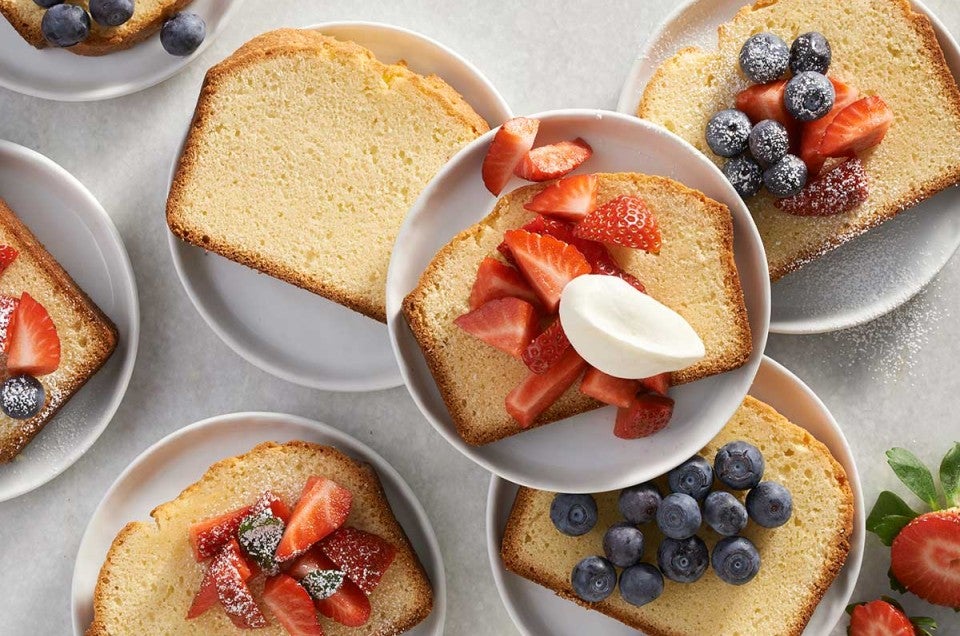


The words "dense" and "heavy" aren’t often used to describe a typical American cake (that is, unless something went wrong). Usually cake is expected to be light and fluffy, but this goal can be hard to achieve. When a cake falls short, it ends up being dry and spongy instead.
Pound cake is here to change the idea that all cakes must be airy and delicate.
Pound cake is moist, tender, and also pleasantly dense if baked just right. When made by a practiced baker, pound cake defies all other cakes with its distinctive texture — just make sure you follow these six tips for ultimate success.
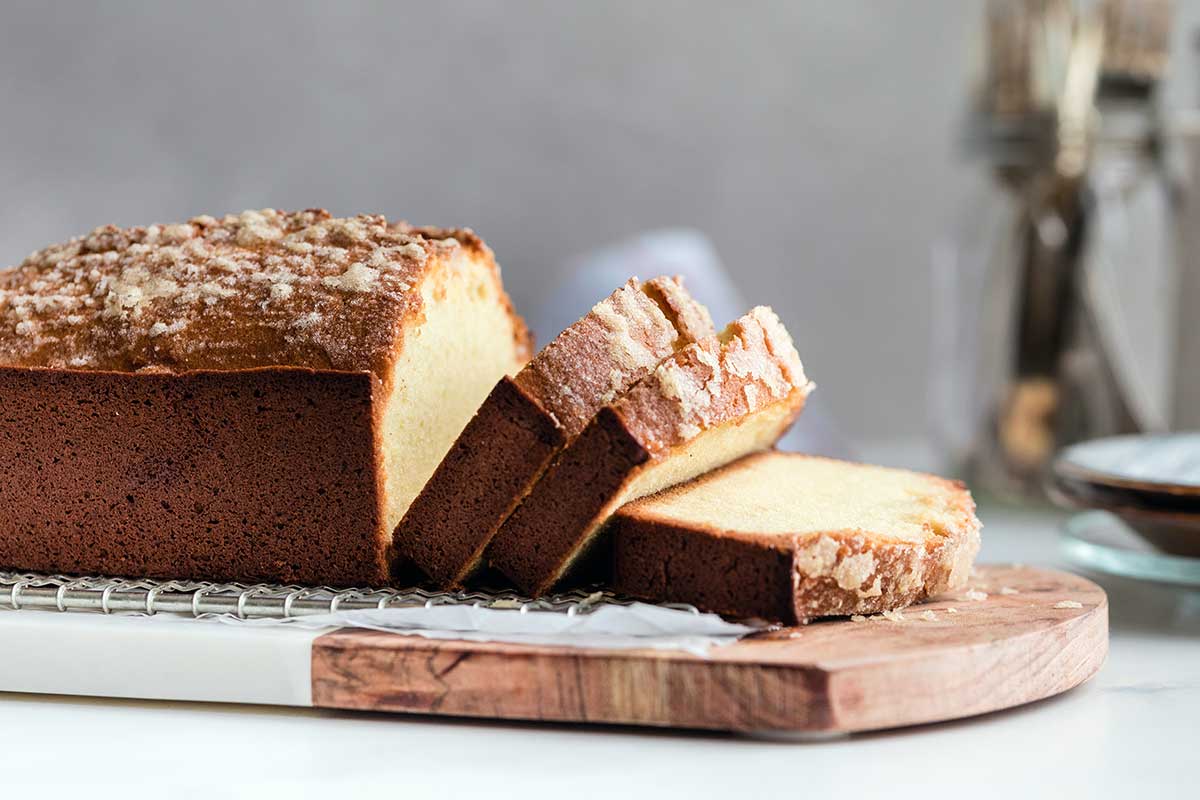
When it comes to pound cake recipes that have the King Arthur test kitchen stamp of approval, the one that always draws me in is the luxurious Velvet Pound Cake. It has a near-perfect five-star rating, thanks to its lovely golden brown crust and ever-so-tender texture.
What sets it apart from a classic pound cake? It has an untraditional ingredient that you’ll want to add to all of your cakes after making this recipe: cream cheese. Pound cakes are known for their buttery rich flavor and sturdy crumb; cream cheese elevates both of these traits to the next level.
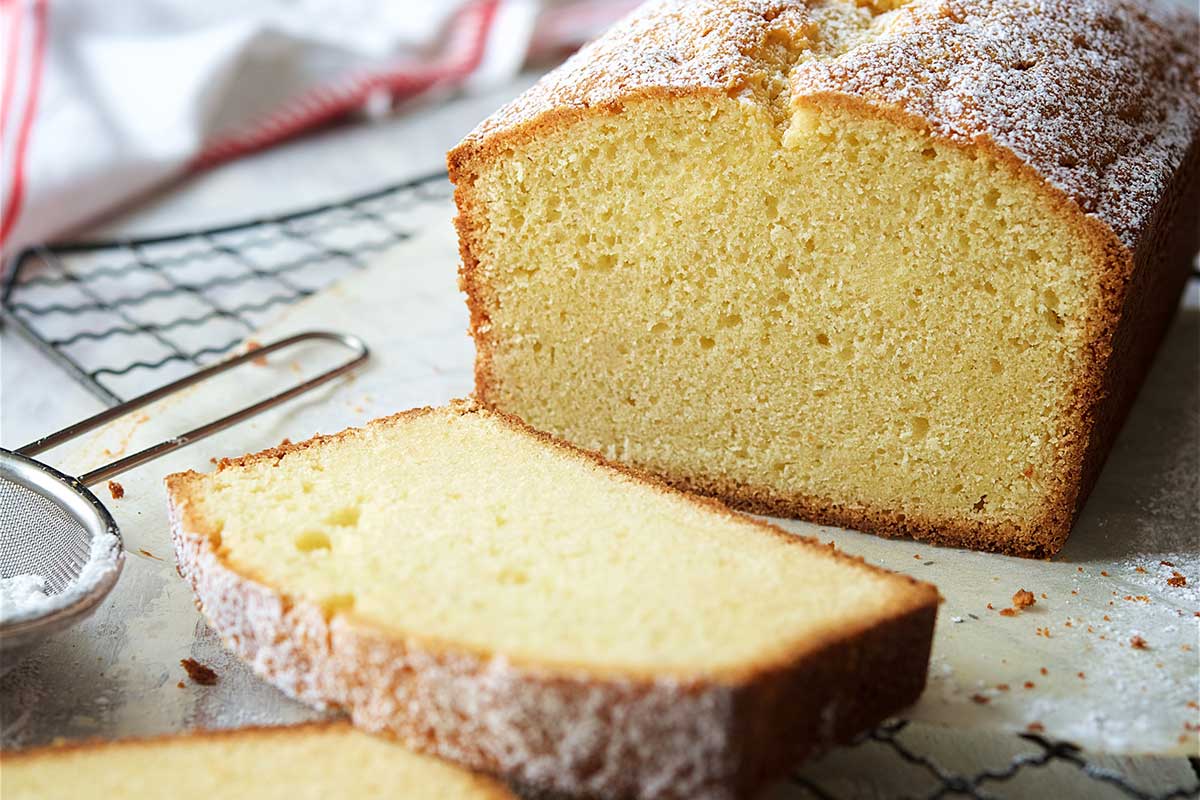
Select your pound cake recipe based on the sweet experience you want to have — choose from flavors like maple-rum, chai spice, or even orange pound cake with a boozy glaze. These tips apply to whatever pound cake you're baking.
A cardinal rule of cake baking is to begin with room-temperature ingredients (unless otherwise called for in the recipe). While it’s tempting to pull the eggs and butter straight from the refrigerator and get right to cake baking, it’s worth the effort to ensure your ingredients are the right temperature.
What happens if you start with cold ingredients? You’ll face trouble from the start when you try to beat hard sticks of butter with sugar. The mixer will groan, the butter will flail, and you’ll end up picking up cold chunks spewed out across your counter. And if the cream cheese is cold, it too will be a lumpy, difficult mess.
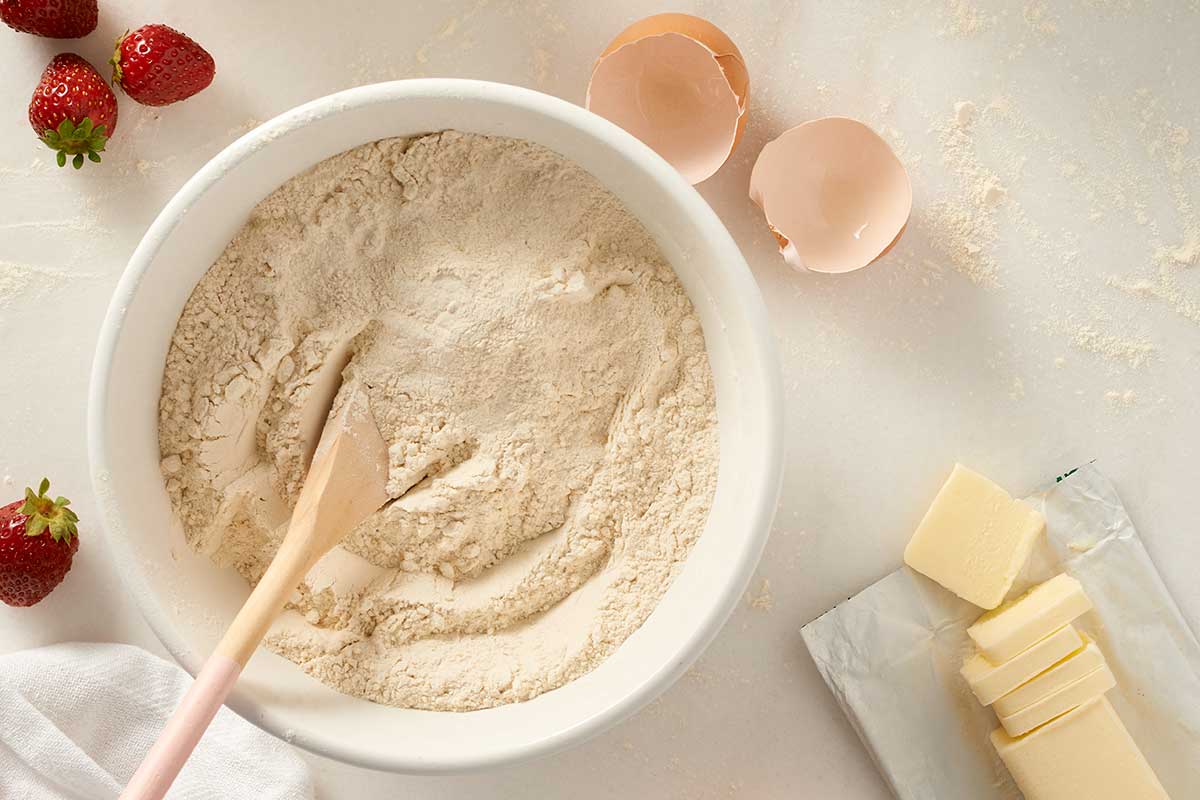
If you forget to set your ingredients out at room temperature in advance, here are a few tricks to speed up the warming process:
You only need to follow these steps if you forget to take the ingredients out of the fridge in advance. If you plan ahead, you can cut right to the pound cake baking.
When it comes to pound cake, it’s all about ratios of ingredients. After all, pound cake got its name because early versions were made by using a pound each of flour, eggs, sugar, and butter (or another fat). Today’s versions tend to have slightly less flour compared to the eggs, sugar, and butter, which ensures a moist texture. Too much flour results in a dense, dry, and bland final product, and no one wants that from a pound cake.
To avoid this common pitfall, make sure you measure your flour properly. If you’re serious about pound cake (or really, any kind of baking), consider using a scale. It’ll transform your baking for the better, making all your measurements super exact.
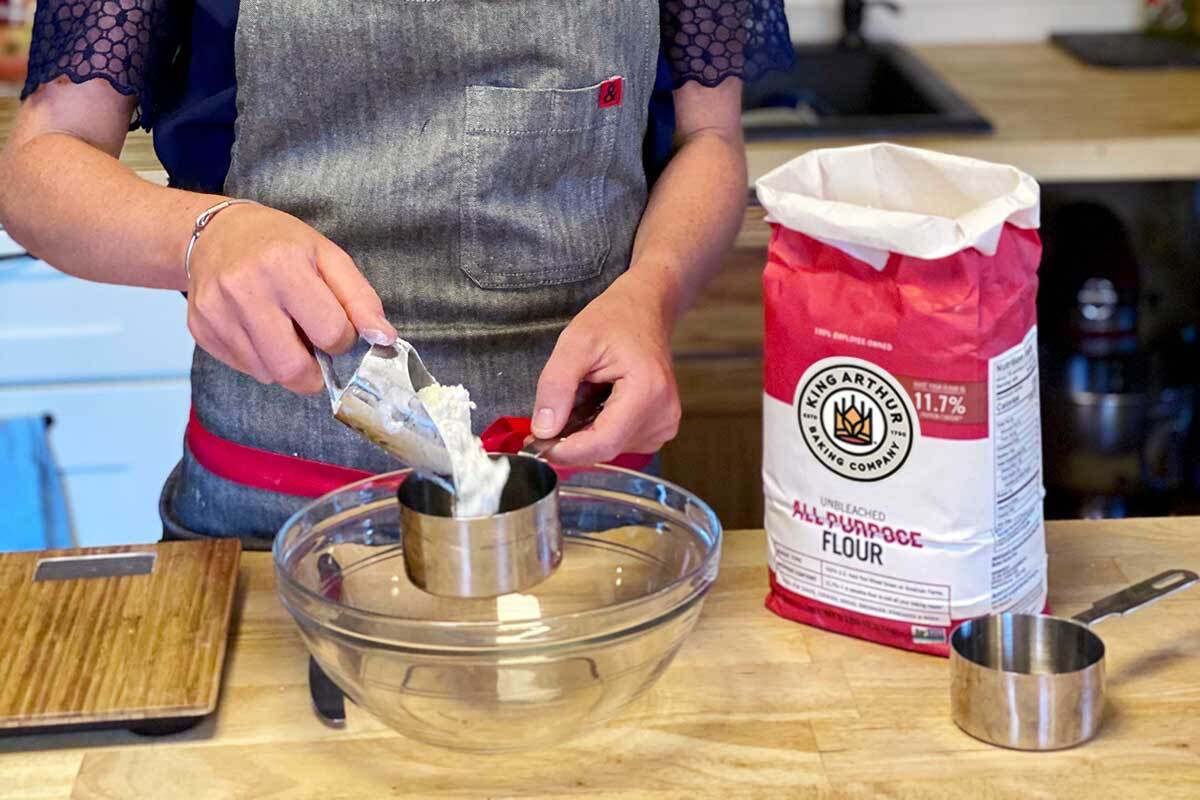
If you’re married to your measuring cups or you’re determined to make pound cake just like your grandma, you can still measure ingredients accurately using volume. The key is to use the “fluff, sprinkle, sweep” method.
By gently sprinkling the flour into the cup, you’ll end up with "light" cups of flour and a tender cake every time.
Don’t just grab the first pan you see in your pantry and pour in your pound cake batter. This is another moment for careful choices. Most pound cakes, Velvet Pound Cake included, are baked in a 9” x 5” loaf pan. This is a slightly larger pan than a standard loaf pan, which measures 8 1/2” by 4 1/2”.
If an 8 1/2” x 4 1/2” loaf pan is all you have on hand, it’ll work in a pinch, but consider setting aside about 1/3 to 1/2 cup of batter to make cupcakes (or even pancakes!). If you fill the pan to the brim with batter, it’ll overflow during baking, and that’s just no fun at all.
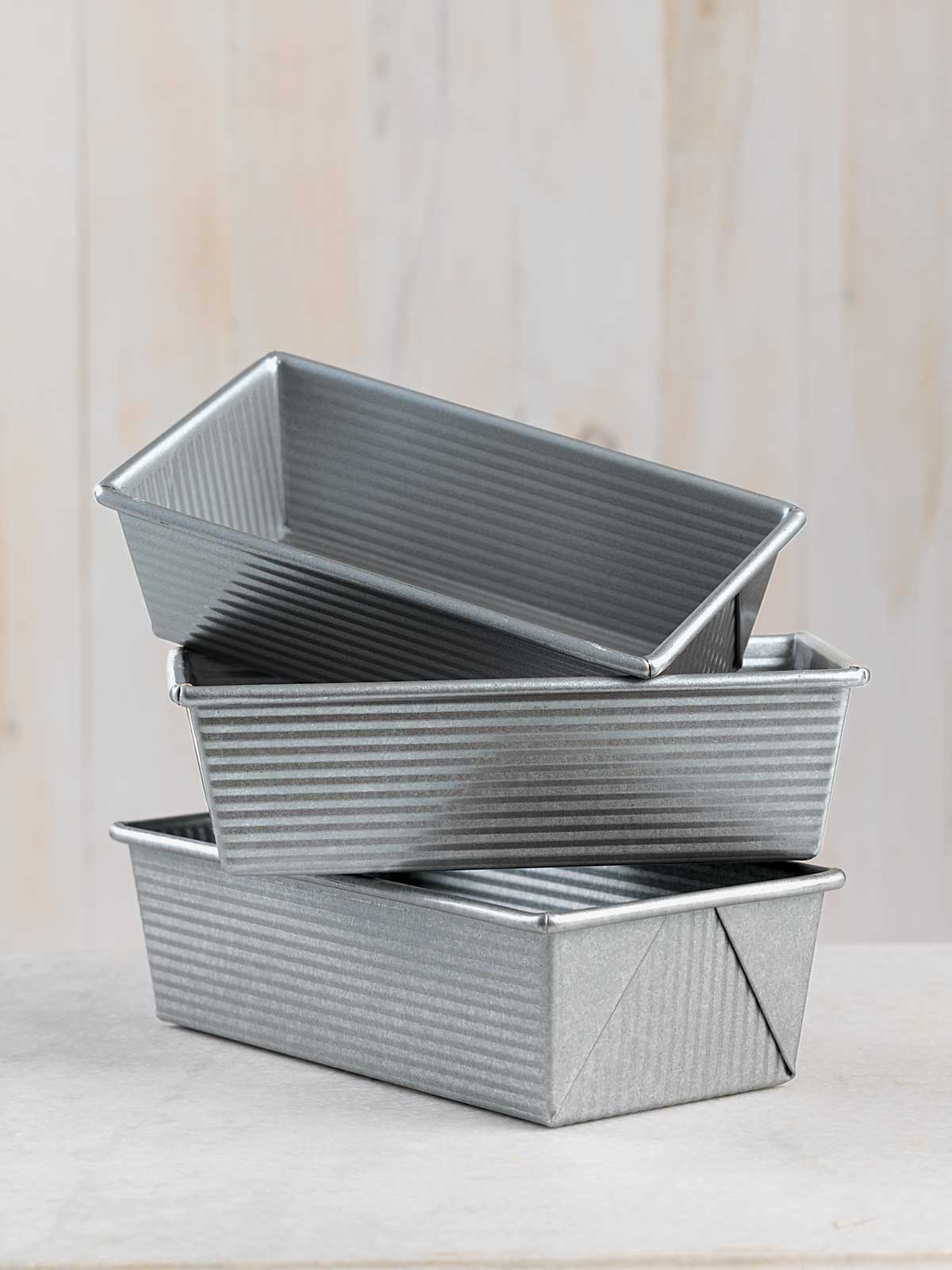
Size isn’t the only quality to take into consideration when baking the best-ever pound cake. The material of the pan also makes a difference in the final product. Common choices include metal, glass, and ceramic.
Metal is a good conductor of heat — it warms up quickly, encourages browning, and produces evenly baked results. Glass, on the other hand, takes quite a while to heat up and then continues to get hotter, often making the edges of baked goods hard and overbaked while the center remains underbaked.
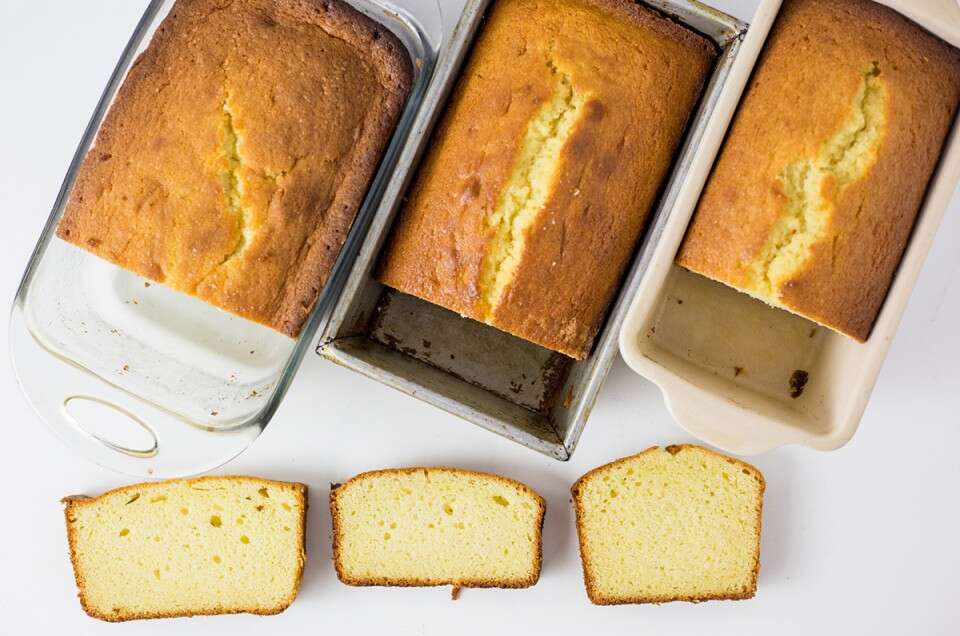
Ceramic and stoneware are wild cards. Depending on the specific pan, it might take longer or shorter than the baking time called for. If you love your ceramic pan, take some time to get to know it and take notes on how you adjust your baking time so you can anticipate the change in the future. (Read more details in our blog post, Glass or metal or stoneware.)
Once the pound cake is in the oven, take a deep breath but don’t go too far away! The last thing you want is to forget about your cake and let it become toasted and dry.
Pound cakes take longer than most traditional cakes to bake — upward of 1 hour for the Velvet Pound Cake! This extended bake time can be the enemy of any baker; it’s just enough time for you to get absorbed in your next project while forgetting about your last. Set a timer or stick around the kitchen, soaking up the vanilla aroma that wafts from the oven as your pound cake bakes.
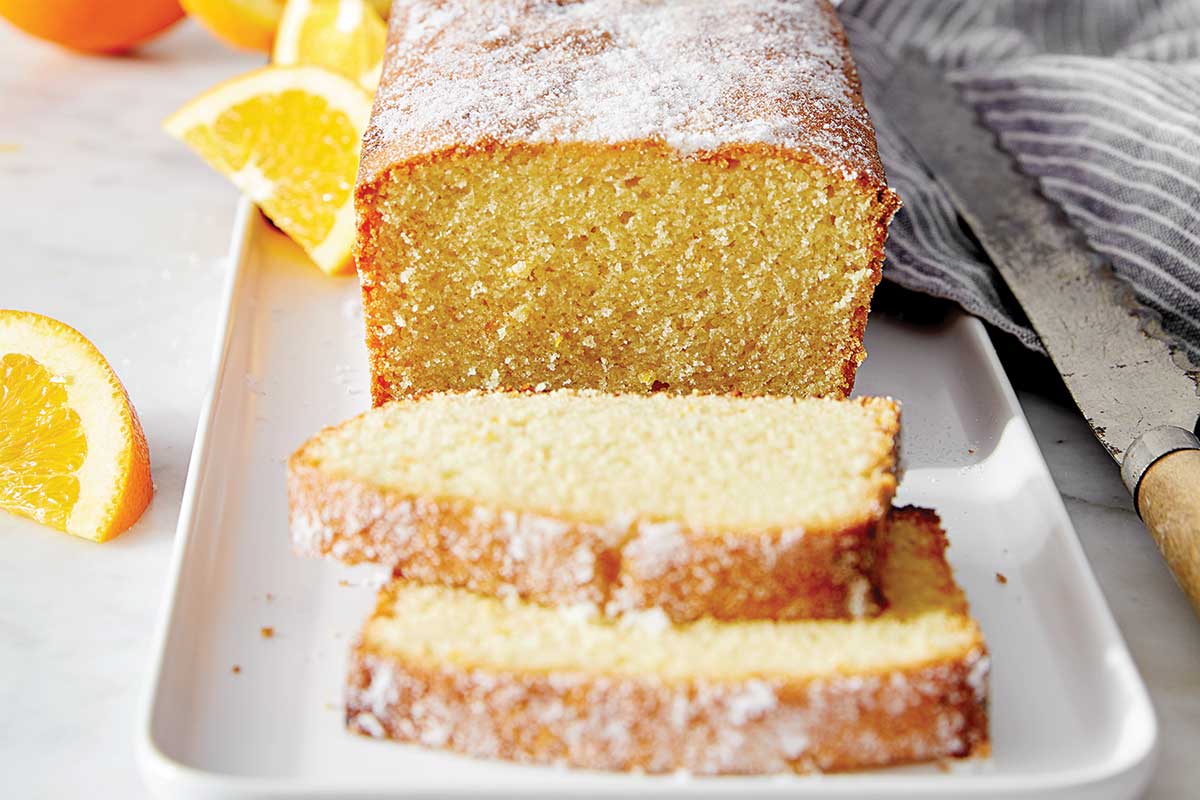
If the idea of soaking a cake is new to you, buckle up for a whole new baking adventure! Cake soaks or soaking syrups are flavorful liquids, usually simple-syrup based, that are brushed onto cake after it comes out of the oven.
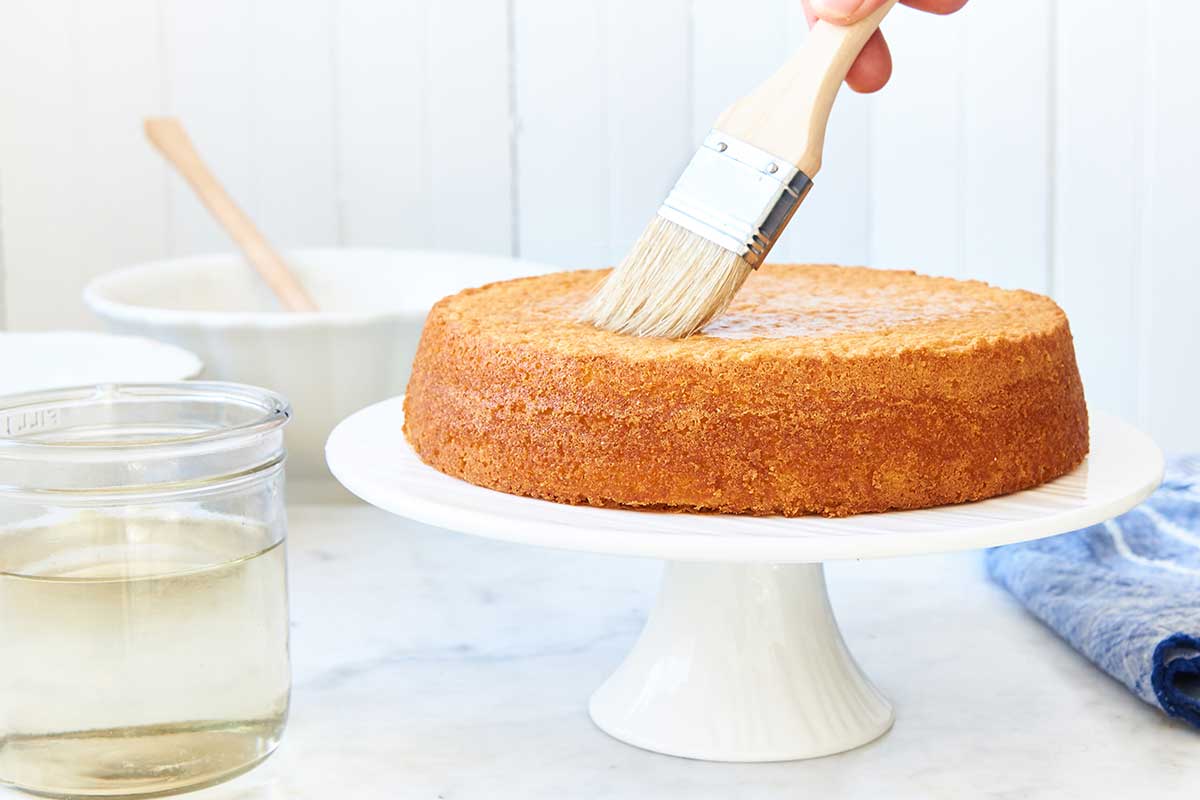
Soaking cake is a good idea in almost every baking situation. Even a perfectly baked cake can become dry in a day or two; applying a cake soak adds moistness while also giving you the opportunity to add additional flavors. Convinced you need to try this? Good.
For a 9” x 5” pound cake, use up to 1/2 cup (113g) of a soaking liquid and brush onto the still-warm cake. Here are some quick ideas for inspiration, based on the flavor profile you’re going for:
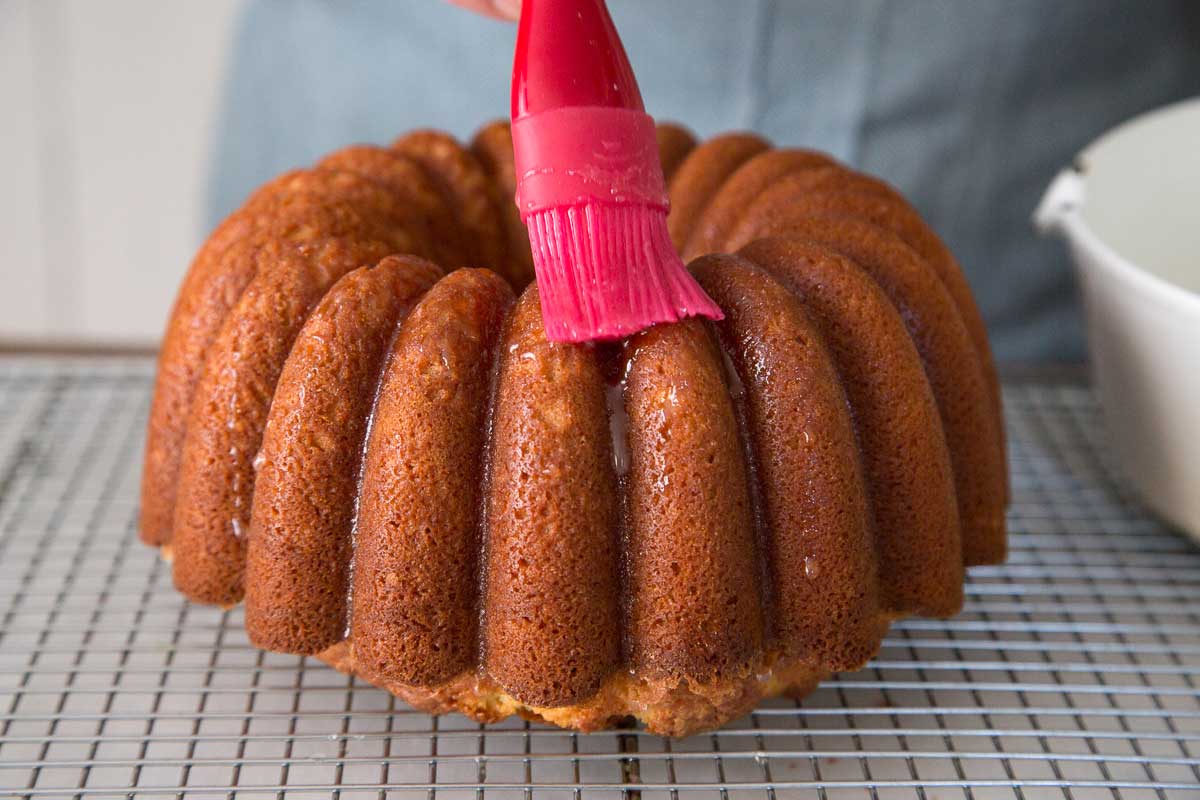
While I'm most definitely on Team Pound Cake, I’ll admit that it can be a bit unexciting if the cake is served all on its own. (I mean, I’d still happily gobble up an unadorned slice with my morning cup of tea or coffee, but we’re looking to impress here.)
To elevate your homemade pound cake to a next-level dessert, think about everything you could put on the plate for decorative flair to make the cake shine.
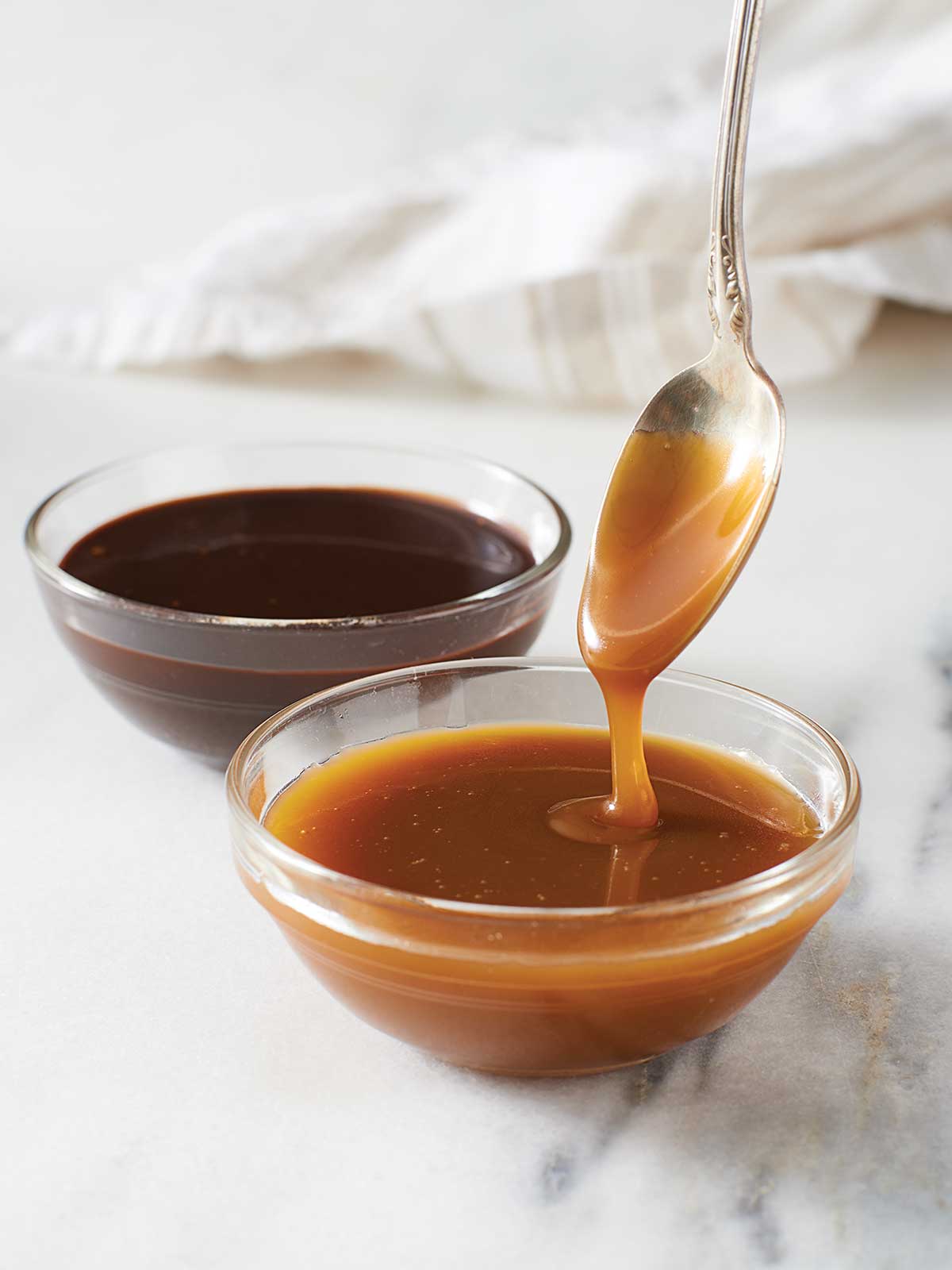
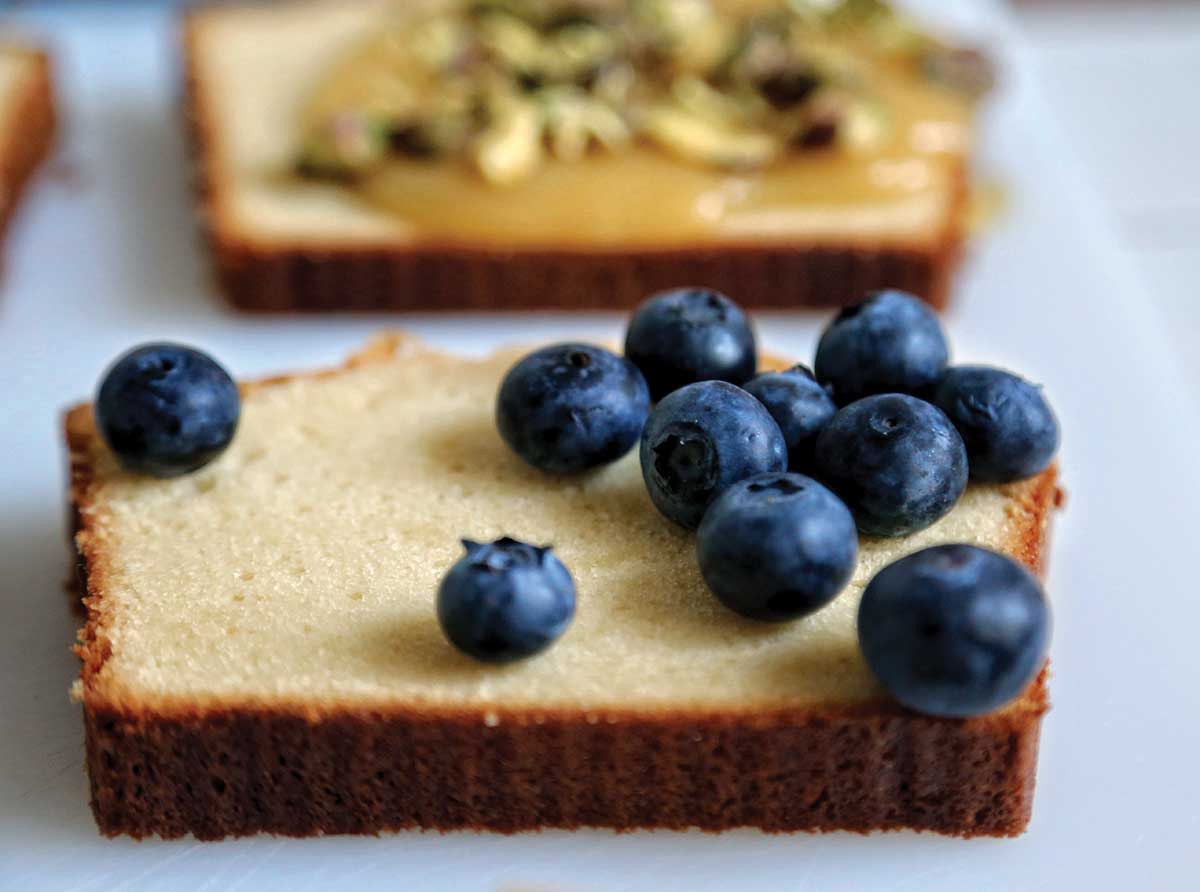
You can even grill thickly cut slices if you’re eating outdoors and feeling the al fresco vibes. Brush both sides of the cake slices with butter before grilling for a rich flavor and lovely golden crust.
If you go the grilling route, refrigerate the cake for a few hours before slicing — cold slices hold up better during grilling. They'll be warm, toasty, and delicious by the time they're served.
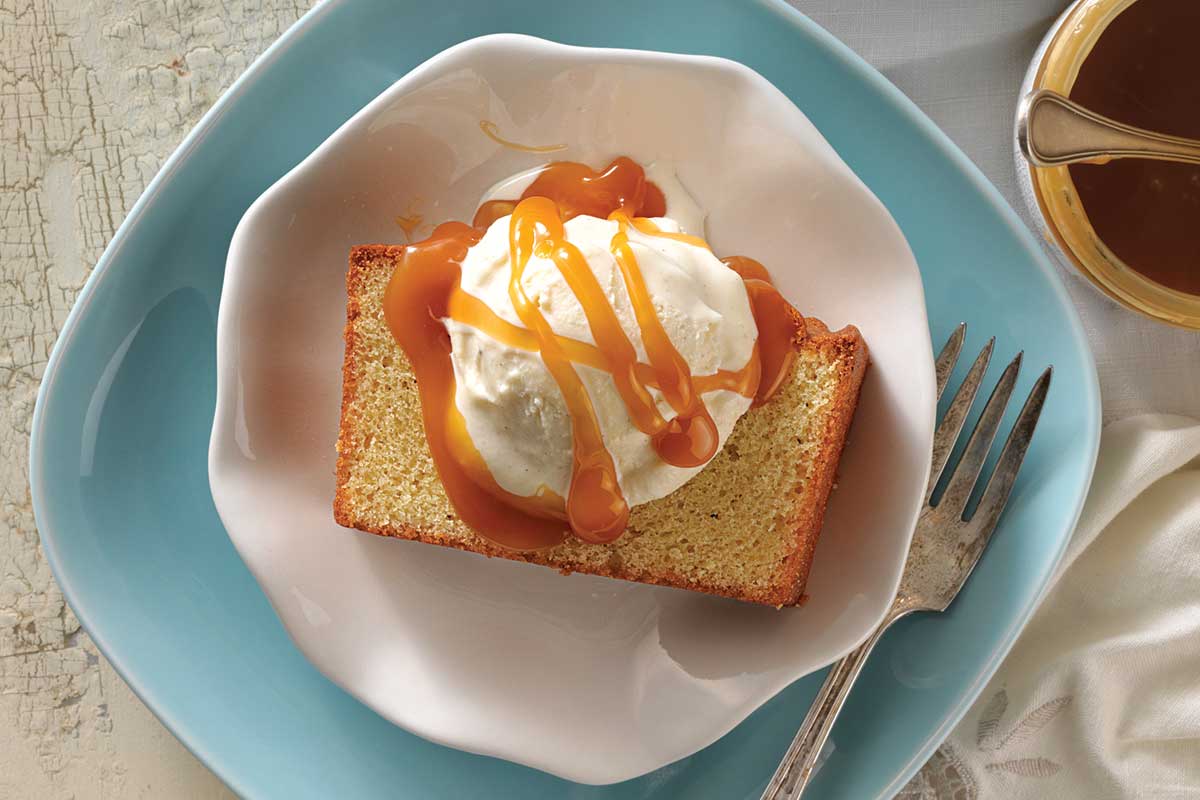
Bottom line: This is your cake. Even if you’re baking it for someone else, you’re still the baker so it’s up to you. Dress the cake up as you wish or let people garnish their own slices, ice cream sundae style. Everyone will be happy when there’s homemade pound cake around.
Once you discover the delicacy that is perfectly baked pound cake, you’ll want to bake it for everyone — even those with dietary restrictions. With our Gluten-Free Vanilla Pound Cake recipe, you’ll never be at a loss.
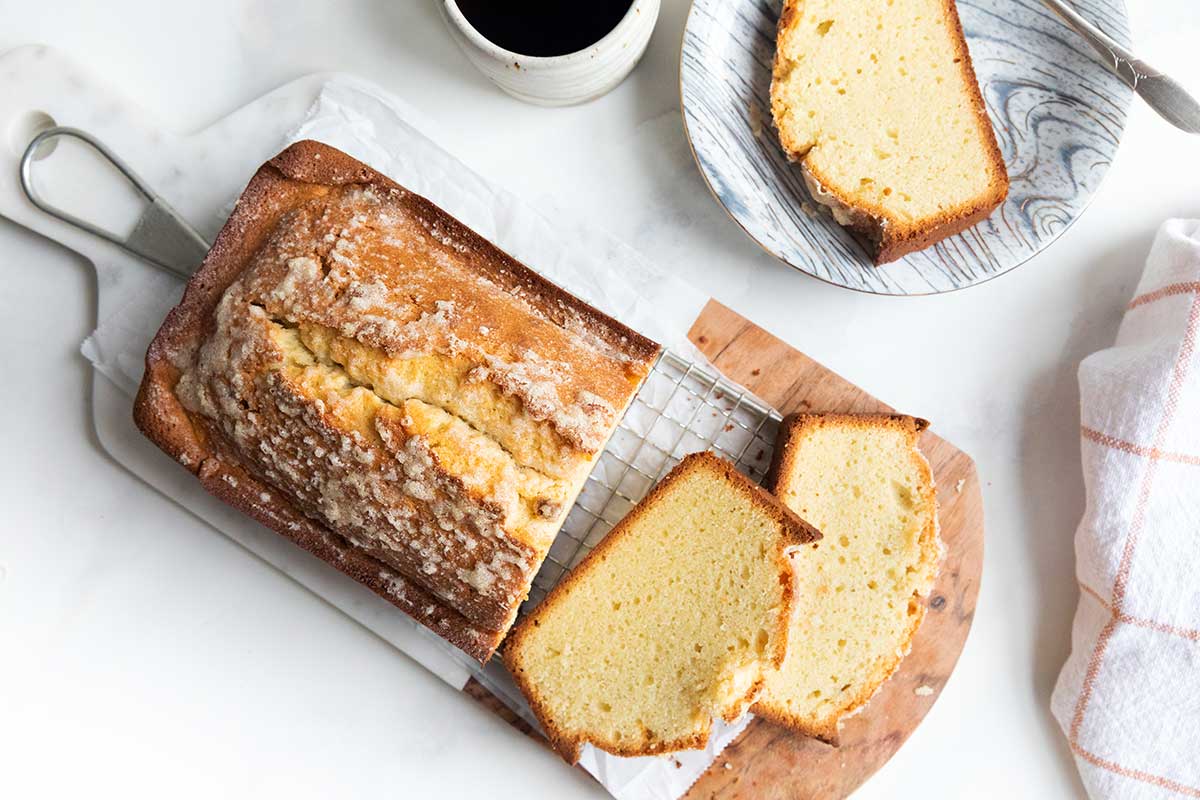
Cake is about sweetness, indulgence, and happiness. If you want a bit more of this in your life, or if you want to infuse someone else’s with goodness, bake our Velvet Pound Cake and let the joy spread all around. Happy baking!
What other cakes are you baking this season? Bundt cakes? Layer cakes? Maybe trifles? Let us know which cake recipes you’re most excited about in the comments, below.